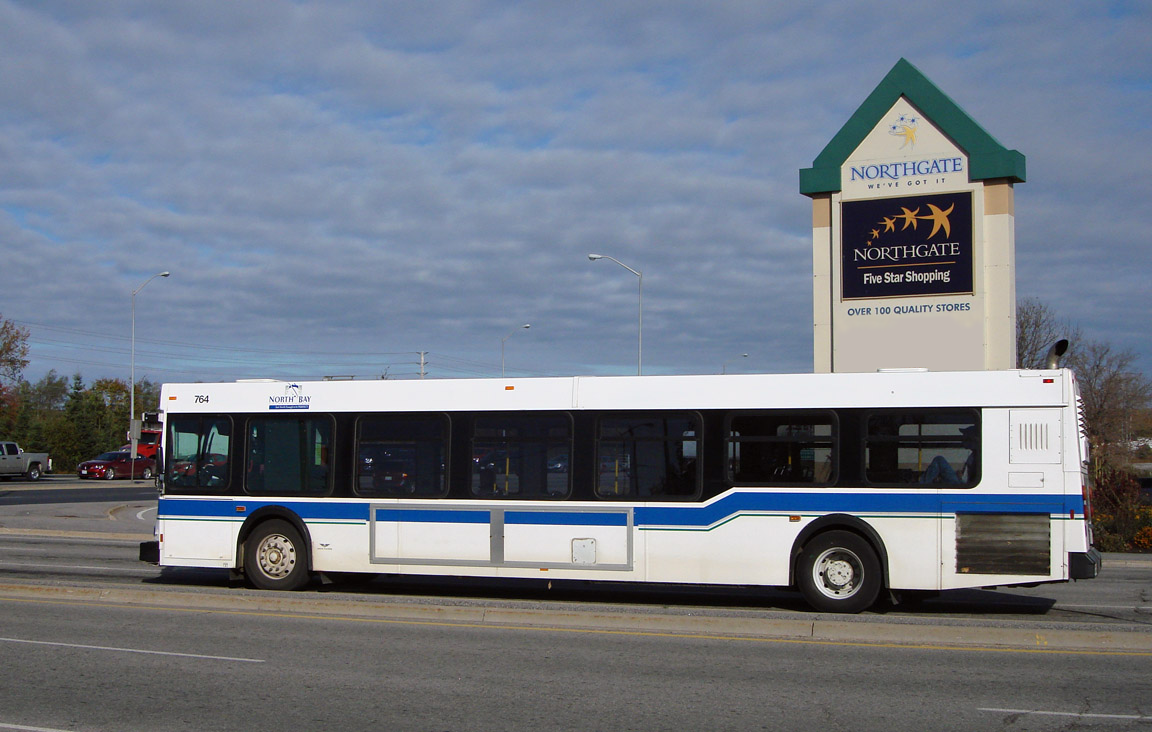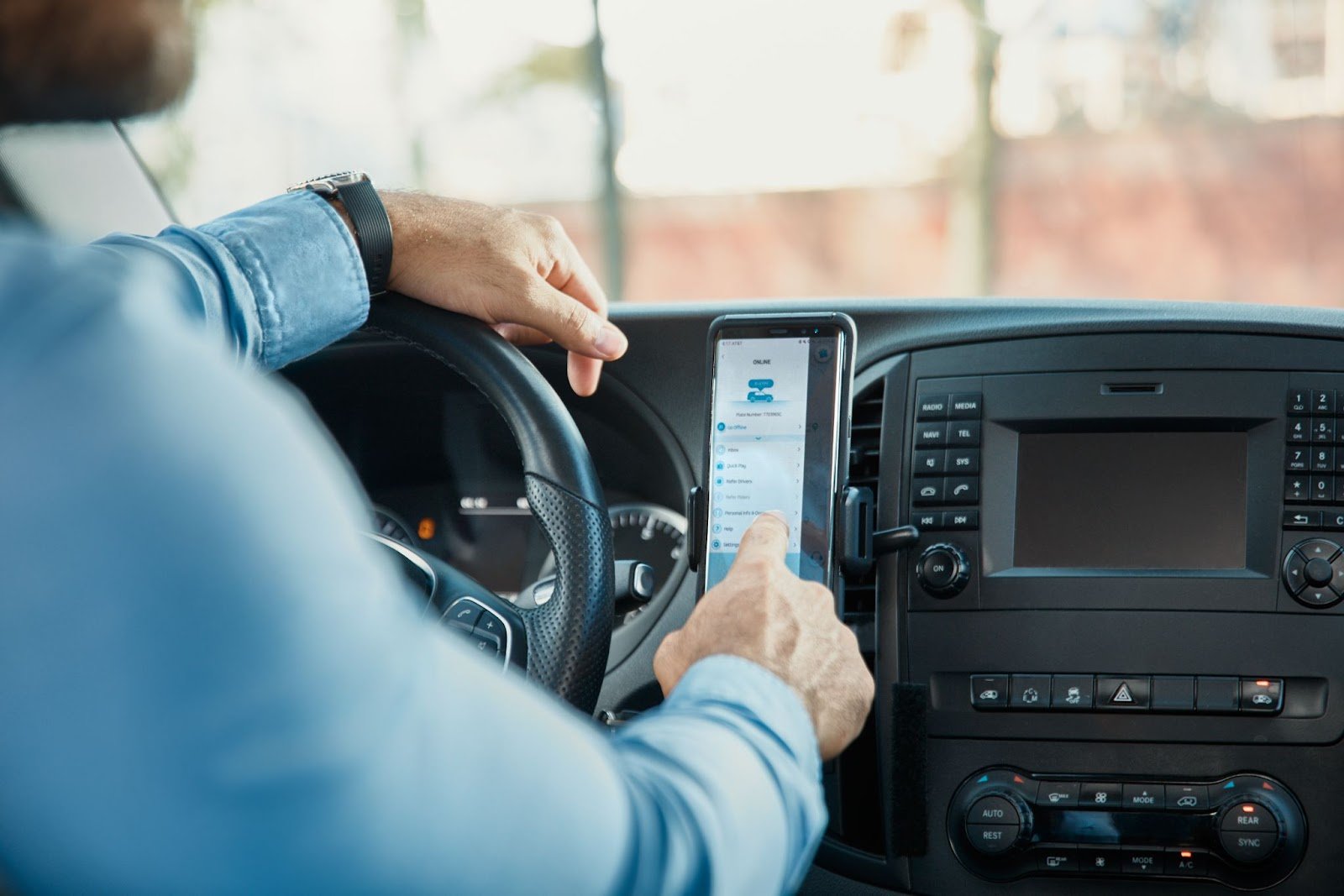From Philly to Portland, whether it’s transit operators or school bus drivers, the United States is currently facing an historic driver shortage. Add to this the fact that transit ridership is returning, but still nowhere near pre-COVID levels, and it’s clear that everyone working in the public transit space must continue to be efficient with the few operational resources we have at our disposal.
For many agencies, the shortage has unfortunately resulted in a scramble to modify schedules, increase headways, or even remove low-ridership routes. But, as it turns out, cutting service isn’t the only way out.
On-demand, shared transportation — otherwise known as microtransit — has proven time and again to provide convenient, user-friendly, and frequent public transportation to riders, while in many cases remaining the most cost-effective option for agencies looking to reduce their spend. On-demand service can also bring with it a better driving experience, helping agencies retain much-needed staff.
Serving more riders with fewer vehicles.
In the UK, the town of Sevenoaks, just south of London, saw a dramatic 90% drop in ridership at the start of the COVID-19 pandemic. Local transport operator Go-Coach was already planning on implementing an on-demand service to complement fixed route buses and support first-and-last mile trips to and from the local train station, but the global health crisis presented an immediate need to reduce costs without leaving residents stranded. So, instead of putting microtransit on the backburner, the team charged ahead: scrapping plans to use smaller vans and instead partnering with Via to launch on-demand service using their existing full-size buses.
“I previously had to get a train and a bus to get to work, and now my journey is much easier as I only need to book a single ride on Go2”
— Maxine Fuller, Go2 rider
Within two weeks, Go-Coach replaced all of their fixed routes with Go2 — a more cost-effective on-demand service operating six days a week. The new Go2 service decreased the number of buses used by up to 80% and reduced driver hours by 62%, even while temporarily adding four nearby hospitals to the service area. And with the overall decrease in vehicles and Go2’s increased ridership came an impressive 77% increase in utilization compared to the fixed route service, with an average bus carrying over 2 passengers per hour instead of 1.3. The team accomplished this level of efficiency while maintaining a 4.9/5 rider rating and bringing wait times down from one hour to just 11 minutes.
Less is more in Ontario.
Like many small agencies across North America, North Bay Transit (NBT) in Ontario saw a drop in rider demand for their fixed route buses, particularly every evening and weekend. The Canadian agency was running six buses with just a handful of riders on each, none of whom were getting exactly where they wanted to go due to rigid routes and infrequent schedules. The team at NBT wanted to use on-demand service to expand transit coverage during these times of low demand, without wasting valuable vehicles and drivers’ time.
This past January, they did just that. myRide NBT combines fixed route and on-demand transit, with one zone where three buses run dynamically and another zone where two buses operate on a regular schedule. Once a rider makes a trip request, Via’s algorithm will serve them a fixed route, on-demand, or multimodal proposal with clear instructions on how to easily transfer. On-demand allowed NBT to take an entire bus off the road, reduce total miles driven by 18%, and bring wait times down from 60 minutes to 16 minutes. And as ridership begins to return, the team is adjusting service and using their fleet flexibly to continue to reach a wider coverage area with the same resources.
Ensuring driver satisfaction stays top of mind.
Drivers are the backbone of our public transportation system and creating a rewarding work environment for them is not only a measure to attract and retain the transit workforce — it serves as much-deserved recognition of the essential work these professionals have performed, both before and during the pandemic.
One critical reason drivers or potential drivers may find themselves shrinking from transit is due to COVID-19 concerns. While we can’t completely solve that problem, Via’s TransitTech does help enable a safe driver experience. Drivers and riders can be prompted to complete in-app wellness checks to confirm that they are symptom-free. Plus, tech-enabled on-demand transportation, with payments available in-app, reduces reliance on cash transactions.
In addition, there are several driver-facing benefits fundamental to tech-enabled on-demand service as opposed to traditional fixed routes. Smarter routing translates to fewer hours spent in bumper-to-bumper traffic, worrying about making it to the next stop on schedule. Also, the dynamic routing and rider aggregation technology — which matches riders to vehicles going their way in real time — means less idle time spent traveling with an empty vehicle. Traveling the same routes every day, regardless of where rider demand actually is, isn’t just inefficient — it’s also just plain boring.
With on-demand, drivers have greater flexibility to visit new areas of their city or town, or even just take an unfamiliar route to a familiar destination. Not to mention, drivers with on-demand services ride with happier passengers; riders who are now getting the rideshare experience at a public transit price.
Keeping up with ever-evolving transit patterns
What it boils down to is this: on-demand, shared transit is, in many cases, the answer to maintaining, or even expanding, transit service in the midst of fewer riders, drivers, or funds. Tech-enabled on-demand networks utilize on-the-ground, real-time data to inform scheduling, routing, and vehicle assignments, while creating a smoother passenger and driver experience. COVID-19 has created a world where the everyday is unpredictable. With smarter, responsive TransitTech, adapting to the ever-changing new normal is possible and more agencies and cities are choosing to do so every day.






